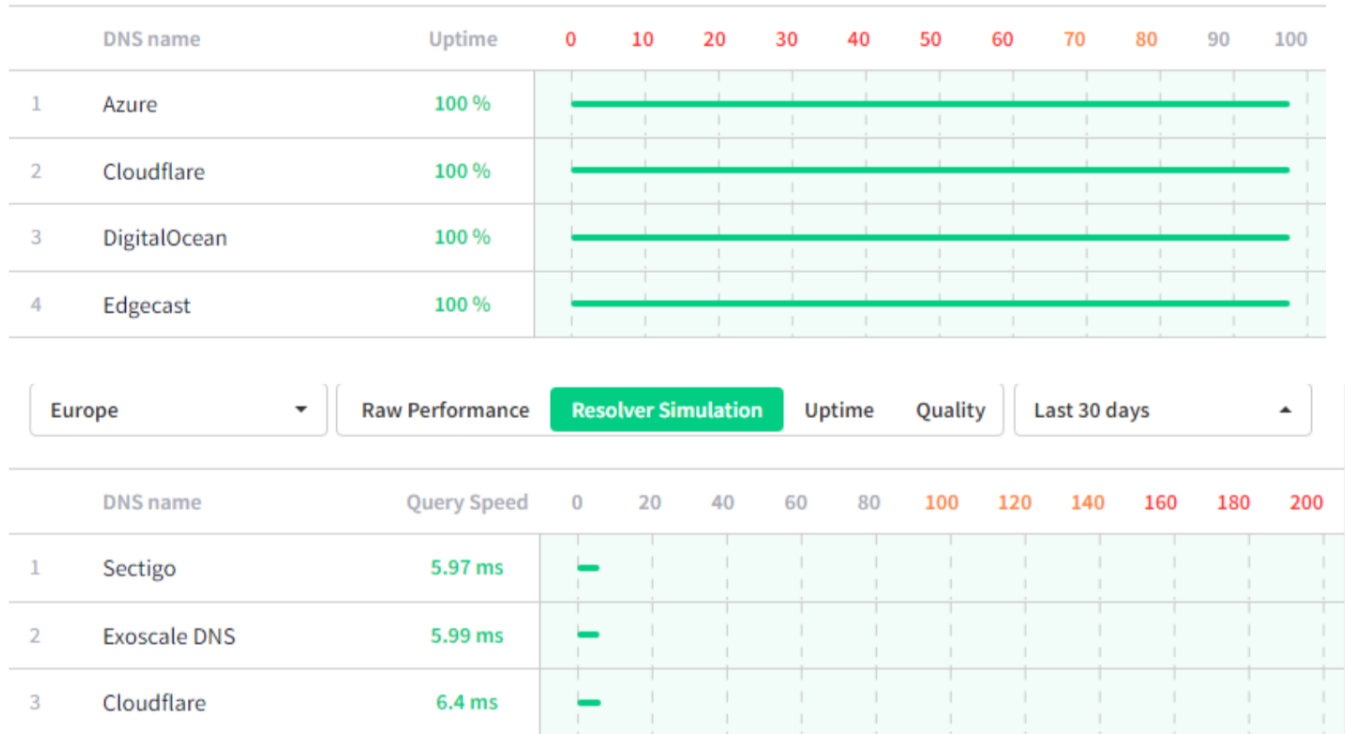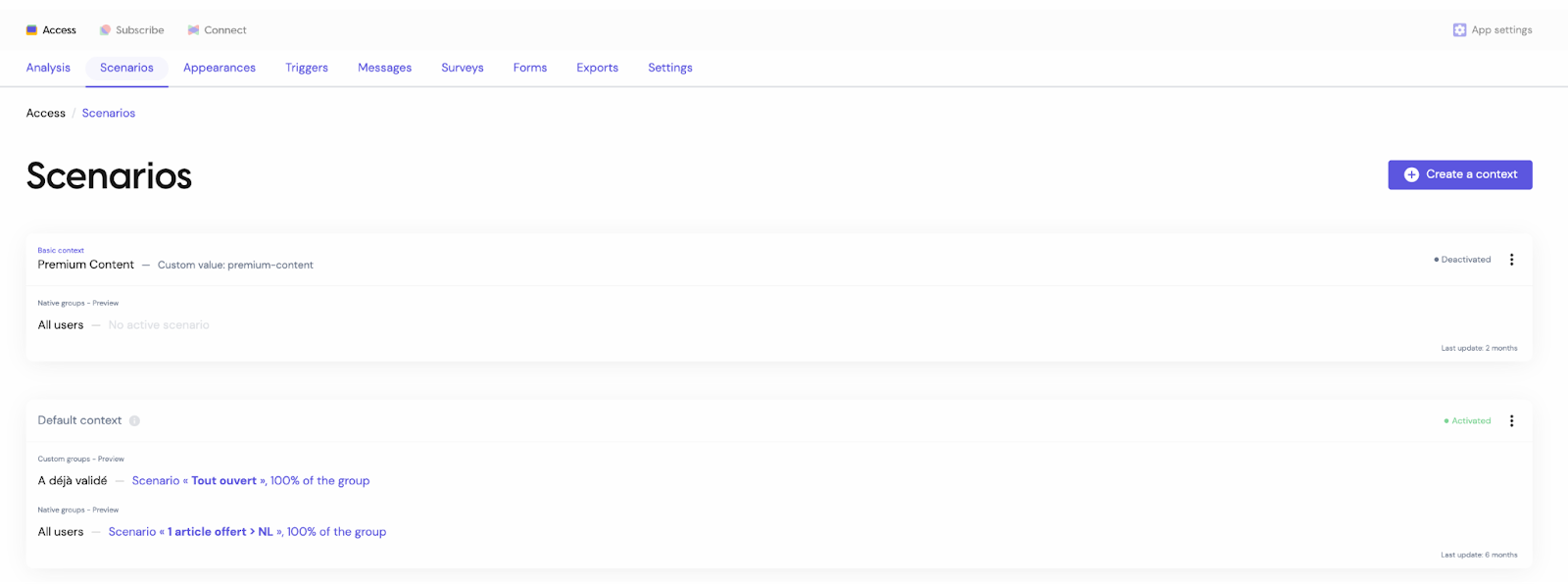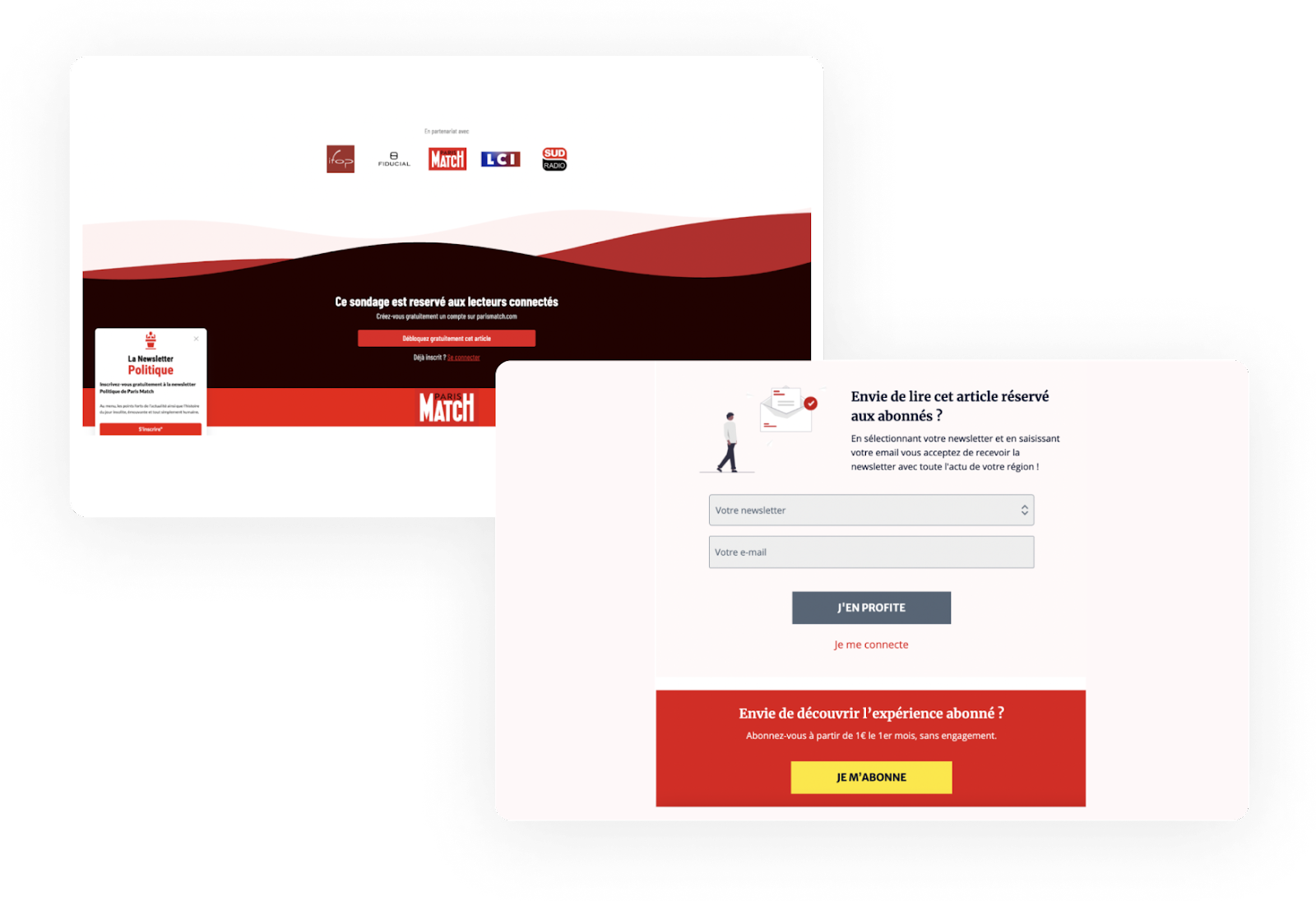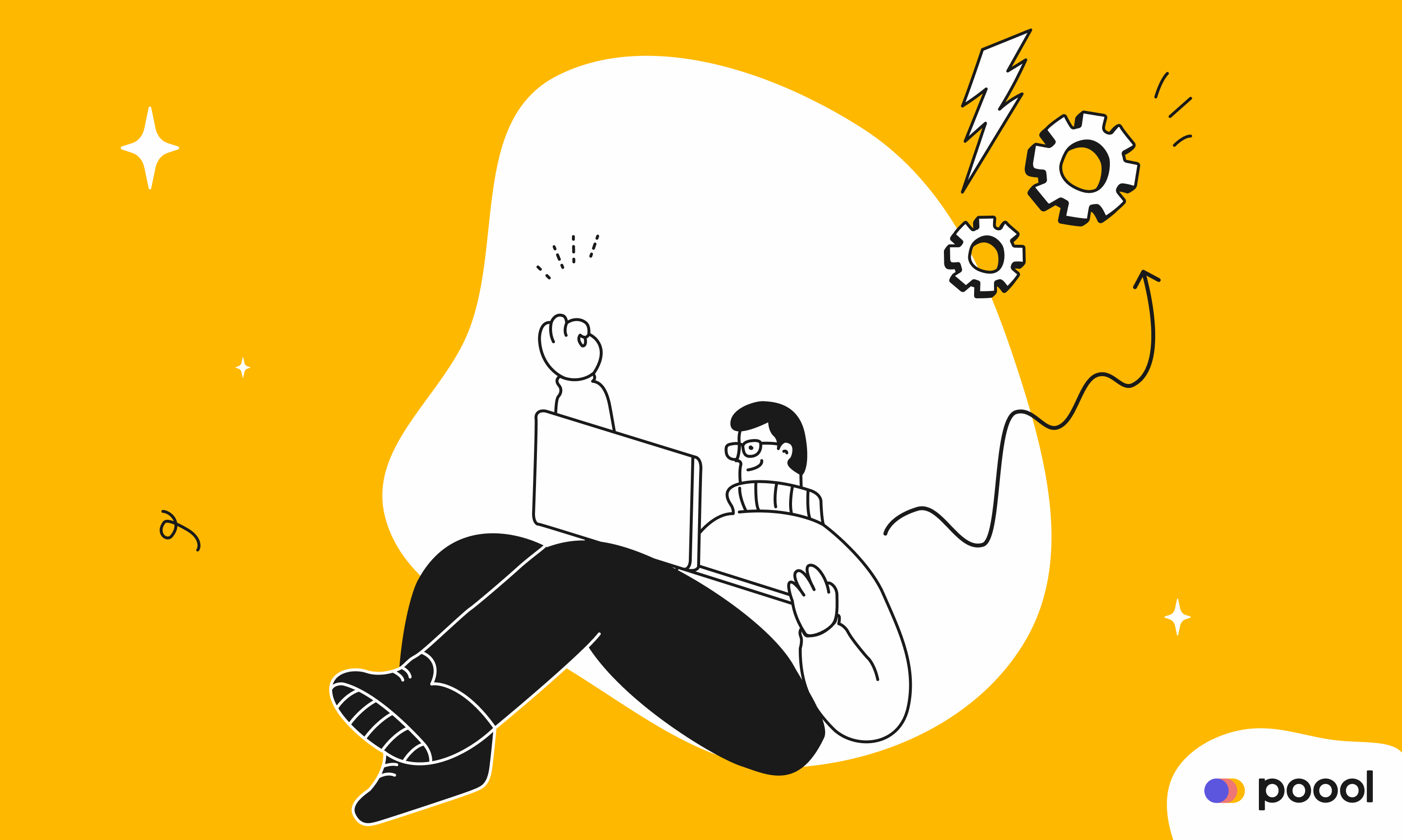Web perfs, short for web performance metrics, measure the speed and responsiveness of a website. They can have a significant impact on user experience, engagement, and conversion rates. Given that these all directly relate to revenue, monitoring and optimizing webperfs is essential for digital publishers to drive more business and increase average revenue per user.
Web perfs are therefore an essential factor to consider when integrating a third-party tool, as these could negatively impact responsiveness and page load time.
To minimize any concerns that you may have regarding Poool’s web perfs, this article will dig into this very subject thanks to a comparative analysis run by Anthony Ribeiro, Customer Product Lead at Poool.
Our article wrapped up:
- Why web performance matters
- Poool’s loading time
- How to limit the impact of SEO on your site
- Using Poool to take your user experience to the next level
1. Why web performance matters
Web performance refers to how fast and efficiently a website loads and operates. It encompasses factors such as page load speed, website responsiveness, and overall user experience. Poor web performance can lead to frustrated users who may abandon the website before completing their desired actions, such as subscribing to your premium product or filling out a form.
According to a study by Google, if a page takes more than three seconds to load, over 50% of users will abandon the site. This means that businesses that fail to optimize their website's performance risk losing more than half of their potential customers. Additionally, a slow website can negatively impact search engine rankings, as search engines like Google prioritize fast-loading websites in their search results.
It is then perfectly understandable that publishers may raise concerns about page loading time when integrating a third-party tool.
So, what is Poool’s loading time?
2. Poool’s loading time
At Poool, we continually work to optimize our script code and minimize the impact of our solution on your site's performance.
Anthony led a comparative analysis on a sample of 66 digital media sites using Poool compared to other personalization and dynamic paywall solutions.
“According to the results of our study, Poool offers the fastest average loading time - on Wifi bandwidth as well as on 3g mobile network.
Poool obtains a loading time 45% faster than the average solution on Wifi (with 155ms), and 94% faster on 3g mobile network (674ms).
I will rerun this analysis on a regular basis to ensure Poool are continuing to offer a fast and reliable technological solution.” - Anthony Ribeiro, Customer Product Lead at Poool
Why is Poool fast to load?
Our infrastructure is based on fast and reliable servers, a powerful DNS and an excellent uptime:
- Poool's main Javascript (https://assets.poool.fr/access.min.js) is hosted on a Google owned web server.
- The cache server and DNS are hosted by Cloudflare which is one of the fastest servers in the world with performance 3 times better than other popular hosts (OVH in particular).

3. How to improve SEO on your site
Speed, usability and accessibility has a significant impact on SEO. It goes without saying that publishers want to avoid negatively impacting SEO when integrating a paywall or registration wall.
You can limit the impact of a wall on SEO through various "Core Vitals" metrics, which represent Google’s "user-centric" guidelines to ensure optimal technical SEO.
Here are Anthony’s recommendations:
- Cumulative Layout Shift (CLS): reserve a defined space for the wall and use front-end code to limit content shifts during loading. This way, you can reserve a specific height (in pixels) for the wall, and make sure your marketing team designs a wall within those dimensions.
- For First Input Delay (FID), you should use asynchronous and delayed Poool loading, especially when the wall is located below the fold. The Poool scripts can then be triggered conditionally, at the moment of the user's scroll.
You can find more details in this article.
💡Bear in mind that we’re talking about SEO for web performance here and not SEO for indexability. SEO for indexability is focused on optimizing your website's structure and content to make it easier for search engines to crawl and index your pages. While both approaches to SEO are important, they serve different purposes and require different tactics. It's important to understand your specific SEO goals and choose the right approach to achieve them. If you are also interested in SEO for indexability, read our checklist to limit the risk of a paywall on SEO.
4. Using Poool to take your user experience to the next level
As a third-party tool, Poool is continuously working to achieve the fastest loading time possible and provide your readers with a frictionless user experience.
User experience is indeed at the core of Poool’s tools. Poool’s Membership & Subscription Suite, the simple, all-in-one audience conversion, management & retention platform to turn content into business, enables you to personalize every aspect of the user experience.
Namely:
- Conversion journey: a step-by-step process from acquisition to engagement to subscription and retention
- Personalized user journey: audience segmentation
- No-code design editor
- Conversion journey
Thanks to scenarios that you can create in minutes in the Dashboard, you can build user journeys that will enable your audience to have a frictionless, seamless experience, being able to engage with your content before converting.

We provide you with a variety of features to build personalized journeys and move readers through the marketing funnel towards subscription.

- Audience segmentation
Poool’s Dashboard has both native and custom audience segmentation capabilities. Present users with an adapted journey based on their location, device, content-type, source, or (our favorite) a user’s engagement level.
Segmenting based on engagement and building adapted journeys allows you to find the perfect balance between frustration and engagement, something that’s essential for converting users into registered members and subscribers. Afterall, there’s no one-size-fits-all strategy that will convert all users!
- No-code design builder
A catchy wall design is essential for high click-through and conversion rates, so we made sure that your marketing team will be able to build a beautifully designed without a single line of code!
In the ‘Advanced Appearances’ section of the Dashboard, your teams can use the ready-made but fully customizable components to build every section of the wall, adding in text, titles, buttons, black spaces and more into columns and rows, either starting from scratch or working from a template, just like our clients.

Interested in benefiting from Poool's platform, with its personalization functionalities and unmatchable web perfs? Poool have a simple, flexible platform to allow you to do exactly this, and without the need for tech support at every turn!

